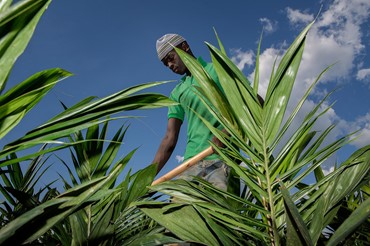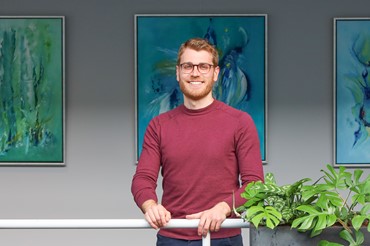“Even a big city like Buchanan doesn’t have an electrical connection to the grid,” says Simon. “People use electricity from diesel or petrol generators, very small systems. There’s always electricity in places, but it’s derived from burning fossil fuels.”
With the future goal of implementing new electricity systems in the three locations in the south-east of the country, the team’s feasibility studies have identified different technologies most suitable to the context of each area.
For Buchanan, the solution foreseen is to connect households and small establishments to the West African Power Pool through the Côte d’Ivoire-Liberia-Sierra Leone-Guinea (CLSG), a clean energy grid that mostly comes from hydropower in Ivory Coast. For Greenville, a hybrid system composed of solar power and hydropower is envisaged given that the town is on the River Sinoe. And for land-locked Barclayville, Simon and his colleagues have identified solar power as the way forward.












